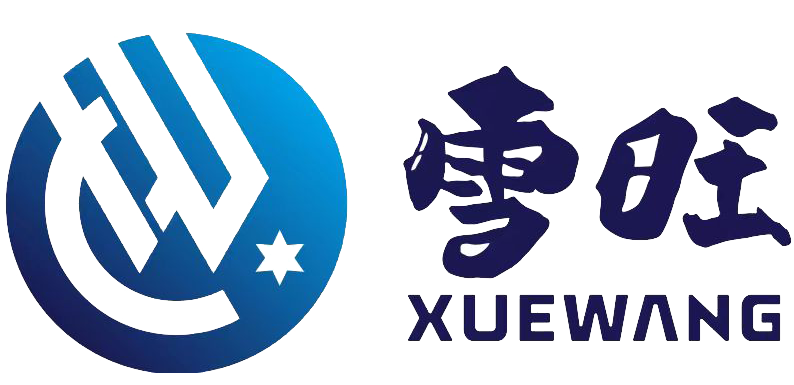Refrigeration and air conditioning market status survey and development prospect analysis report from 2022 to 2026
Air conditioning, or Air Conditioner, refers to equipment that uses manual means to regulate and control the temperature, humidity, flow rate and other parameters of the ambient air in a building or structure.
It generally includes cold source/heat source equipment, hot and cold medium transmission and distribution systems, terminal devices and other auxiliary equipment. It mainly includes refrigeration host, water pump, fan and piping system. The terminal device is responsible for utilizing the cold and heat transmitted and distributed to specifically handle the air condition so that the air parameters of the target environment meet certain requirements.
The main forms of air conditioners are: cabinet air conditioners, hanging air conditioners, water air conditioners, window air conditioners (half indoor and outdoor), central air conditioners, one-to-two air conditioners (one outdoor unit controls two indoor units at the same time) and other forms.
The refrigerant will evaporate at low temperature and low pressure, producing a cold effect; and condense at normal temperature and high pressure, releasing heat to the surrounding environment or cooling medium. Steam condenses at normal temperature and high pressure and becomes a high-pressure liquid. Its pressure also needs to be reduced to the evaporation pressure before it can enter the container.
The liquid vaporization refrigeration cycle is composed of four processes: vaporization of working fluid, steam pressure increase, high-pressure steam condensation, and high-pressure liquid depressurization.
As a vital force in my country's equipment industry and an important part of the national economy, the refrigeration and air-conditioning industry has undergone in-depth adjustments, and the operating model of industry enterprises has gradually expanded to a service-oriented and diversified direction. According to statistics from the China Refrigeration and Air-Conditioning Industry Association, my country's refrigeration and air-conditioning industry The cumulative total industrial output value has reached nearly 700 billion yuan, a year-on-year increase of approximately 6.7%. However, as domestic and foreign market demand has been weak in recent years, large-scale engineering projects have decreased, channel inventories have increased, labor costs have risen sharply, and other problems have intensified. Industrial development is facing tremendous pressure, and the industry's transformation from the demand side to the supply side is urgent.
Around 1700 BC, the Babylonians had invented an ancient air-conditioning system that used wind rods installed on the roof to blow the natural wind from the outside through the cold water and into the room, making people indoors feel cool.
In the 19th century, British scientist and inventor Michael Faraday discovered that compressing and liquefying a certain gas could freeze the air. This phenomenon occurred when liquefied ammonia evaporated. At that time, his idea was still theoretical.
In 1842, Florida physician John Gorrie completed a new compression building with central air conditioning. Alfred Wolff, an engineer in Hoboken, New Jersey, who helped design the new air-conditioning system and moved the technology from textile factories to commercial buildings, is considered one of the pioneers in cooling work environments.
According to the "2022-2026 Refrigeration and Air Conditioning Market Current Situation Survey and Development Prospects Analysis Report" released by Hangzhou Zhongjing Zhisheng Market Research Co., Ltd., liquid vaporization refrigeration uses the heat absorption during vaporization of liquid and the exothermic effect during condensation to achieve refrigeration. of. The liquid vaporizes to form steam. When the liquid (refrigerant) is in a closed container, there is no other gas in the container except the liquid and the steam generated by the liquid itself. The liquid and steam will reach equilibrium under a certain pressure. At this time, The gas is called saturated steam, the pressure is called saturation pressure, and the temperature is called saturation temperature. At equilibrium, the liquid no longer vaporizes. At this time, if part of the vapor is removed from the container, the liquid must continue to vaporize and generate part of the vapor to maintain this balance. When a liquid vaporizes, it absorbs heat, which is called latent heat of vaporization.
The latent heat of vaporization comes from the object being cooled, causing it to become colder. In order for this process to continue, the steam must be continuously removed from the container and condensed into a liquid before returning to the container. If the steam extracted from the container is directly condensed into a liquid, the temperature of the cooling medium required is lower than the evaporation temperature of the liquid. We hope that the condensation of steam occurs at normal temperature, so the pressure of the steam needs to be increased to normal temperature. saturation pressure.
At present, the technical characteristics of refrigeration and air conditioning equipment are generally characterized by energy conservation and environmental protection, that is, the concept of energy conservation and emission reduction, the use of environmentally friendly refrigerants, the continuous emergence of new products, new technologies, and new systems, and the continuous improvement of intelligence, informatization, and networking. Energy-saving and low-carbon refrigeration and air-conditioning equipment and the replacement of refrigerants such as HCFCs have become two key issues in China's refrigeration and air-conditioning industry.
The refrigeration and air-conditioning industry has transformed its production methods and adjusted its product structure with changes in national policies. It can be seen from the adjustment of the company's product structure that energy-saving products have become the company's key research and development content and main products.
